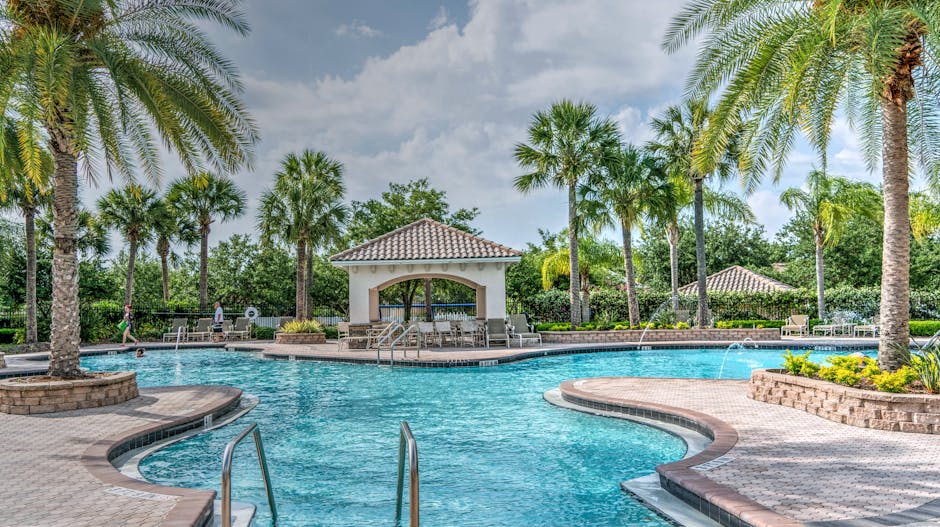 The Importance of TMJ Treatment in Atlanta: Understanding the Complexities of Jaw Pain
The Importance of TMJ Treatment in Atlanta: Understanding the Complexities of Jaw Pain
As a resident of Atlanta, you’re likely no stranger to the hustle and bustle of city life. From navigating the city’s busy streets to enjoying the vibrant cultural scene, there’s always something to do. However, amidst the excitement, it’s easy to overlook the importance of your oral health. One often-overlooked aspect of oral health is the temporomandibular joint (TMJ), which connects your jawbone to your skull. TMJ disorders can cause significant discomfort, pain, and even affect your overall quality of life. In this article, we’ll delve into the complexities of TMJ treatment in Atlanta and why it’s essential to seek professional help if you’re experiencing jaw pain.
What is TMJ?
The TMJ is a complex joint that allows for a wide range of movements, from eating and speaking to yawning and smiling. It’s a delicate balance of muscles, bones, and ligaments that work together to facilitate these actions. However, when the TMJ becomes misaligned or inflamed, it can lead to a range of symptoms, including jaw pain, clicking or popping sounds, and limited mobility.
Causes of TMJ Disorders
TMJ disorders can be caused by a variety of factors, including:
1. Misalignment: When the upper and lower teeth don’t fit together properly, it can put strain on the TMJ, leading to pain and discomfort.
2. Teeth Grinding: Grinding or clenching your teeth can put excessive pressure on the TMJ, leading to inflammation and pain.
3. Jaw Injury: Trauma to the jaw or face can cause the TMJ to become misaligned or inflamed.
4. Arthritis: Conditions such as osteoarthritis or rheumatoid arthritis can cause inflammation and pain in the TMJ.
5. Stress: Stress can cause you to clench or grind your teeth, leading to TMJ pain and discomfort.
Symptoms of TMJ Disorders
TMJ disorders can cause a range of symptoms, including:
1. Jaw Pain: Pain in the jaw, face, or temples can be a sign of a TMJ disorder.
2. Clicking or Popping Sounds: Sounds when opening or closing your mouth can indicate a problem with the TMJ.
3. Limited Mobility: Difficulty opening or closing your mouth can be a sign of a TMJ disorder.
4. Headaches: TMJ disorders can cause tension headaches and migraines.
5. Ear Pain: Pain in the ears can be a sign of a TMJ disorder.
Treatment Options for TMJ Disorders
Fortunately, there are several treatment options available for TMJ disorders. These may include:
1. Physical Therapy: A physical therapist can help you learn exercises to relax the muscles and improve joint mobility.
2. Dental Appliances: A dentist can create a custom-made appliance to help realign the teeth and reduce pressure on the TMJ.
3. Medication: Over-the-counter pain relievers or muscle relaxants can help alleviate symptoms.
4. Lifestyle Changes: Avoiding teeth grinding, stress reduction techniques, and improving posture can all help alleviate TMJ symptoms.
5. Surgery: In severe cases, surgery may be necessary to repair or replace the TMJ.
Finding a TMJ Dentist in Atlanta
If you’re experiencing TMJ symptoms, it’s essential to find a qualified TMJ dentist in Atlanta. A TMJ dentist has the training and expertise to diagnose and treat TMJ disorders. When searching for a TMJ dentist, look for the following qualifications:
1. Education: A TMJ dentist should have a degree in dentistry and have completed additional training in TMJ treatment.
2. Experience: Look for a dentist with experience in treating TMJ disorders.
3. Certification: A TMJ dentist should be certified by a reputable organization, such as the American Academy of Craniofacial Pain.
Conclusion
TMJ disorders can cause significant discomfort and pain, but with the right treatment, it’s possible to alleviate symptoms and improve your overall quality of life. By understanding the causes and symptoms of TMJ disorders, you can take steps to prevent them from occurring in the first place. If you’re experiencing TMJ symptoms, don’t hesitate to seek professional help from a qualified TMJ dentist in Atlanta. With the right treatment and care, you can say goodbye to jaw pain and hello to a healthier, happier you.

 Stylish Aluminium Designs: Transforming Spaces with Elegance and Practicality
Stylish Aluminium Designs: Transforming Spaces with Elegance and Practicality  Transform Your Home: Incorporating Aluminum into Modern Design
Transform Your Home: Incorporating Aluminum into Modern Design  Fire-Safety in Lasting Building Layout
Fire-Safety in Lasting Building Layout